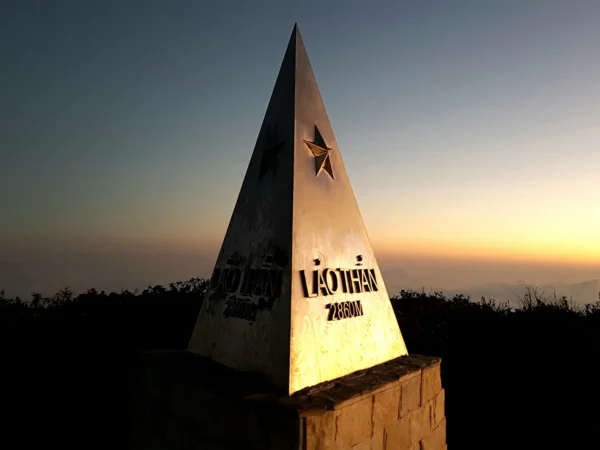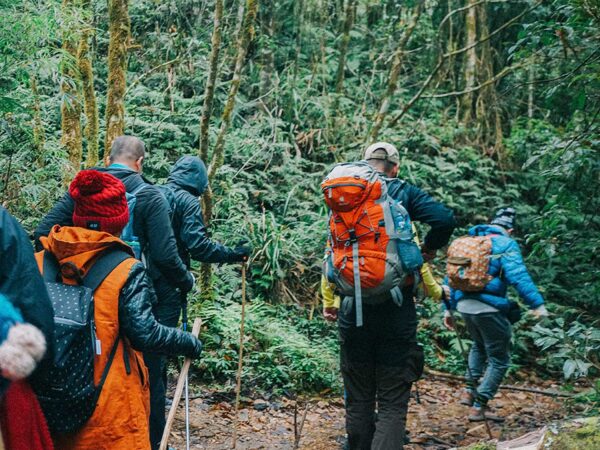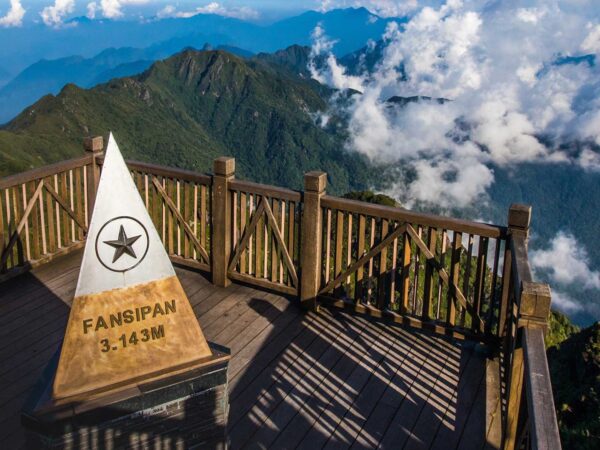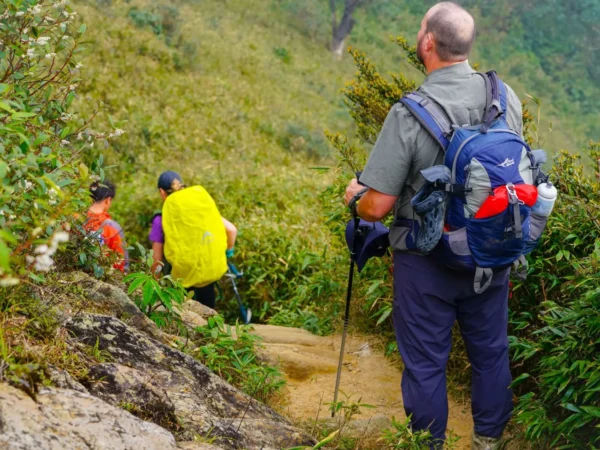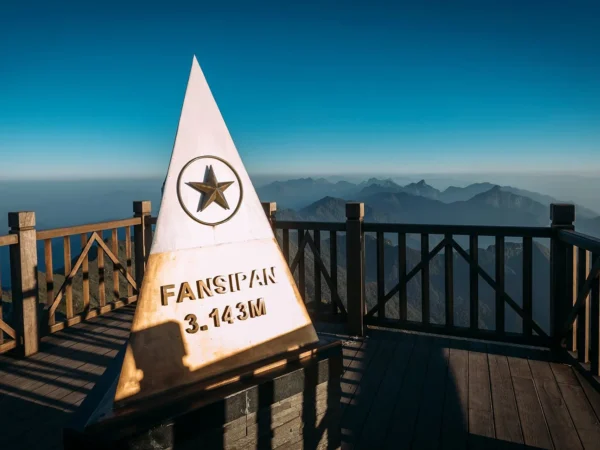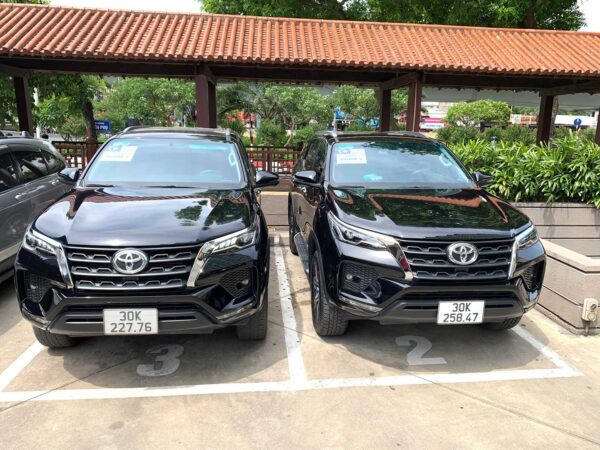Best Time to Visit Sapa Rice Fields for Vibrant Beauty
If you’re planning a trip to Sapa, the best time to visit Sapa rice fields is from September to November. During this period, the fields are filled with golden rice, creating a stunning landscape that’s perfect for photography. The weather is also mild, making it a great time to explore the area and soak in the beautiful scenery.
Best Time to Visit Sapa Rice Fields
The best time to visit Sapa rice fields is during 2 special seasons. First, during the water-pouring season in late April to early May, when the fields are filled with shimmering water. Then, from mid-September to early October, you can see the rice at its peak, ready for harvest. Both seasons offer stunning views that are worth witnessing!
Planting season in Sapa
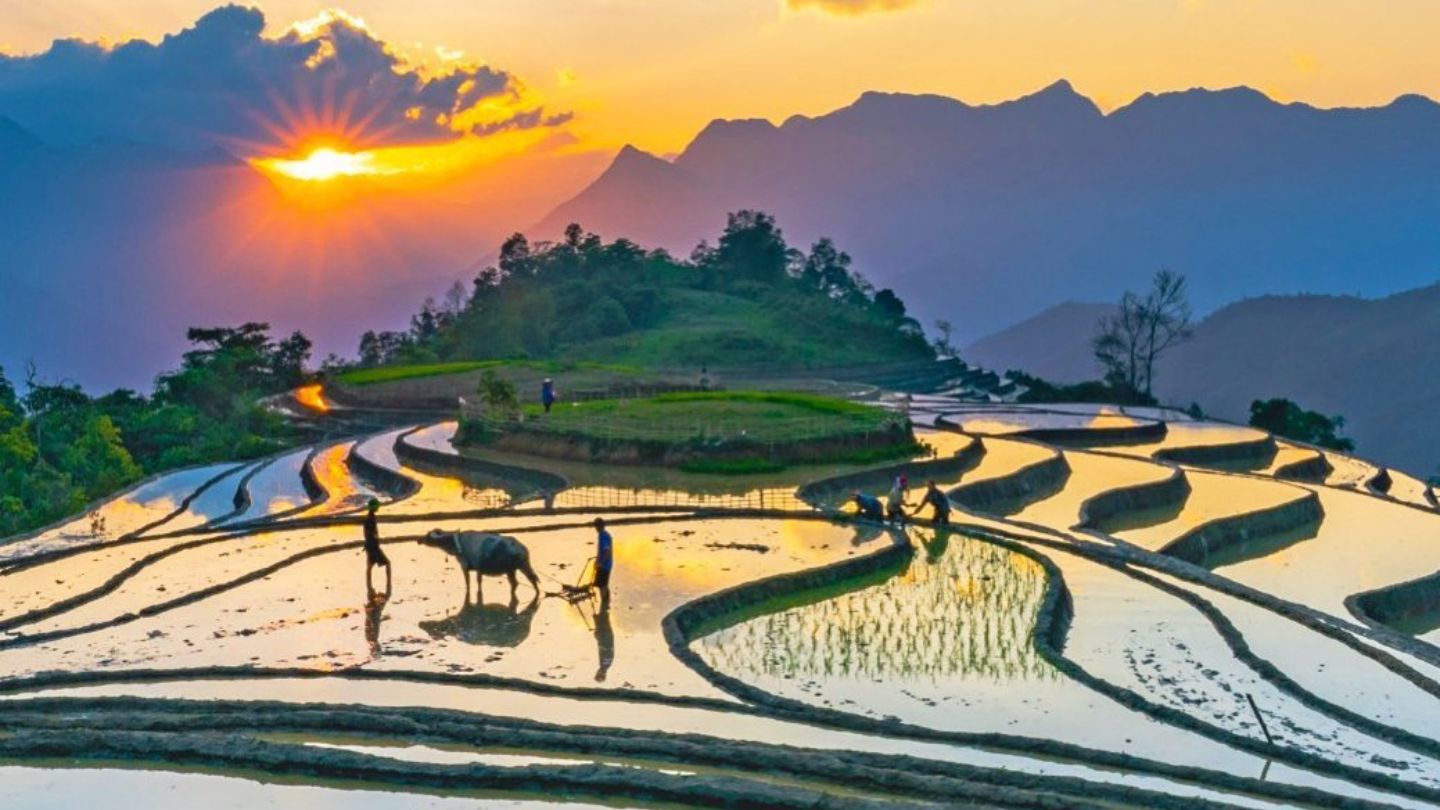
In Sapa, farmers start planting and irrigating the rice terraces in May and June. This period, known as the “pouring season,” transforms the fields into shimmering mirrors, reflecting the sky and creating a magical landscape. It’s the best time to visit Sapa rice fields for visitors and photographers to capture Sapa’s unique beauty.
By July, the fields turn a vibrant green as the rice grows taller, though it’s also the rainiest time of year. Showers can be intense but brief, often lasting 20 minutes to an hour, leaving the air fresh and cool. In August, the rice flowers begin to bloom, filling the air with the delightful scent of young rice seeds.
Sapa Harvest season
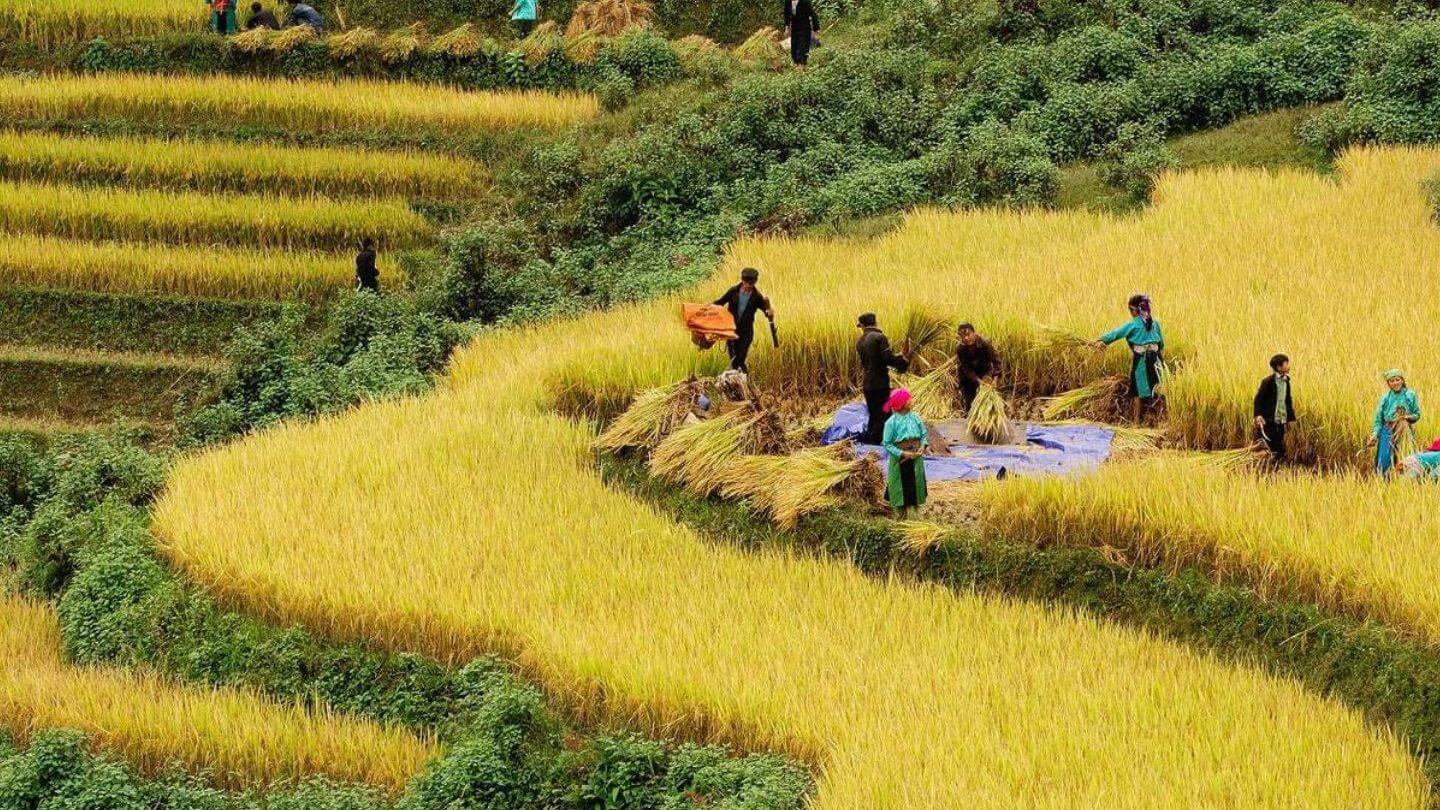
The best time to visit Sapa rice fields are breathtaking during the first two weeks of September when they turn a stunning golden color, signaling that the rice is ready for harvest. This is often considered the best time to see the beauty of the terraces, and you’ll find many postcards showcasing this picturesque scene.
While you’re there, you might spot Hmong and Red Dao families working together on the hillsides, singing songs and sharing jokes to keep the mood light. Unlike farmers in the Red River Delta who quickly take their harvest home, the Hmong and Red Dao have extra steps to complete. After cutting and drying the rice, they carefully separate the grains from the stalks, ensuring everything is just right before bringing it home.
At the start of the new rice season for the best time to visit Sapa rice fields, the Hmong people celebrate “Le hoi Tet Com Moi,” a ritual to honor the spirits and ensure a successful harvest for the next year. They pick the finest rice grains and offer a chicken or pig as a sacrifice.
Why Should You Visit the Sapa Rice Field At Least Once?
Farming on the steep slopes of Sapa is a real challenge, but the local ethnic minorities have mastered it beautifully by creating stunning terraced rice fields that rise from the foothills to the mountaintops. With fertile soil made from weathered granite and handy water sources found in the mountains, they’ve carved out these fields over generations.
From a distance, the view is simply breathtaking, especially as the scenery changes with the seasons. The fields look particularly striking when the rice starts to grow green and lush or turns golden at harvest time.
For travelers, these terraced fields are a highlight of visiting Sapa, showcasing vibrant natural beauty and lively activity. It’s no wonder that Travel and Leisure Magazine ranked them among Asia’s seven most beautiful terraced fields, and they’re even in the running for UNESCO World Heritage Site recognition!
Where to See Sapa Rice Field?
| Location | Highlights |
| Y Ty | Steep rice terraces, remote ethnic villages, mist-covered landscapes, photographer’s paradise, scenic 3.5-hour drive |
| Y Linh Ho | Cascading terraced fields, Hoang Lien Son mountains, bamboo homes, streams, vibrant harvest colors |
| Ta Van Village | Cultural diversity, traditional stilt houses, lush rice fields, rustic village charm |
| Ta Phin Village | Red Dao culture, mountain and rice paddy views, local lifestyle insights, picturesque scenery |
| Sin Chai Village | Hidden gem, terraced fields, Black H’mong hospitality, mountain views, must-visit charm |
| O Quy Ho Pass | Winding mountain road, stunning rice field views, scenic journey, breathtaking landscapes |
Y Ty
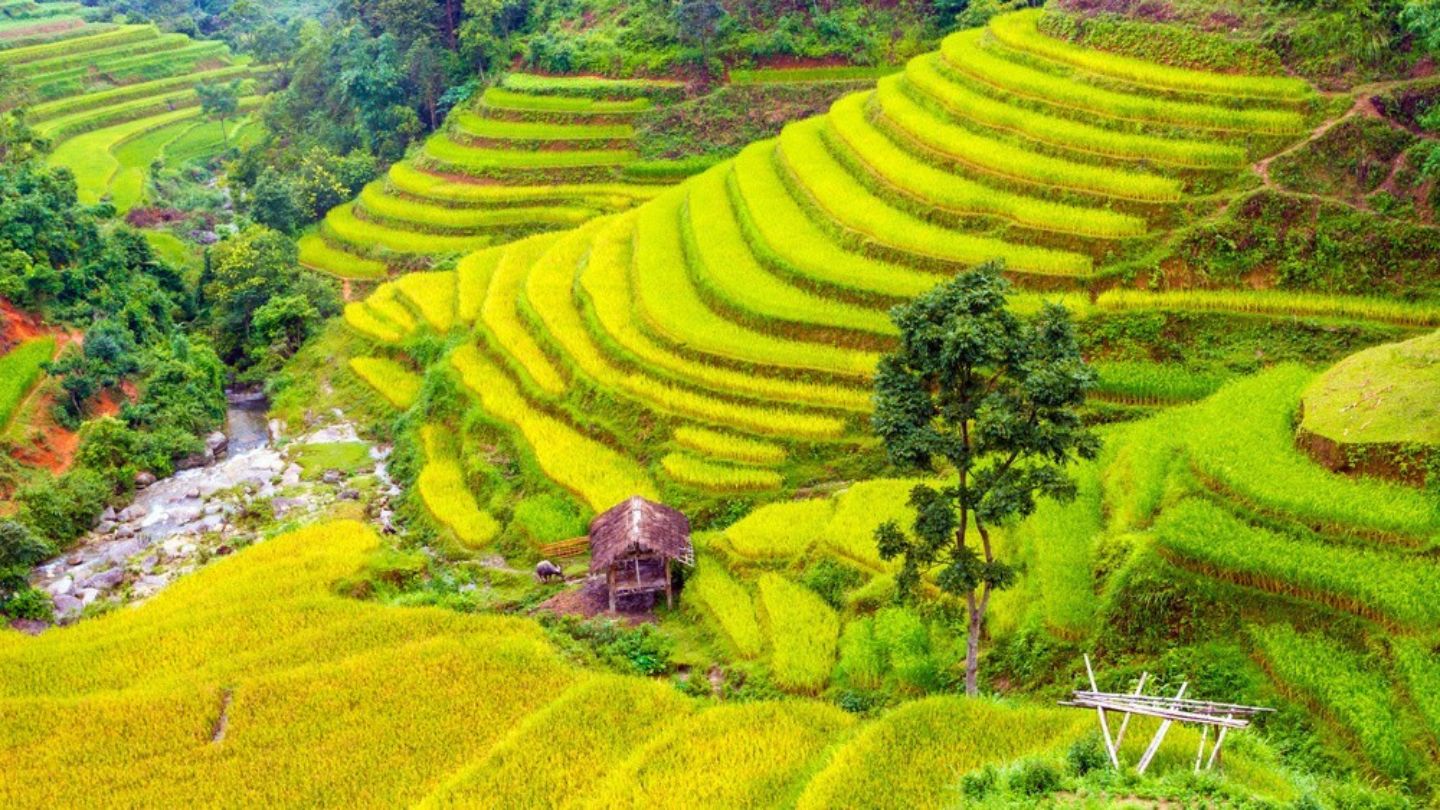
To see Sapa’s most breathtaking rice paddies, consider visiting Y Ty, a charming commune close to the Chinese border in Lao Cai province. It’s about 60 kilometers from Sapa town, requiring a scenic 3.5-hour drive. At nearly 2,000 meters high and often wrapped in mist, Y Ty’s stunning steep rice terraces and remote ethnic villages are a photographer’s paradise!
Y Linh Ho
Just 7 kilometers southwest of Sa Pa town is the charming village of Y Linh Ho, beautifully set against the stunning Hoang Lien Son mountains. Known for its wild beauty, the village features terraced rice fields that cascade down the slopes, alongside streams and traditional bamboo homes. The vibrant colors of the rice paddies and cornfields, especially during harvest time, attract visitors from all around!
Ta Van Village
Ta Van Village is known for its cultural diversity, where traditional stilt houses sit harmoniously amid lush rice fields, adding to its rustic charm.
Ta Phin Village
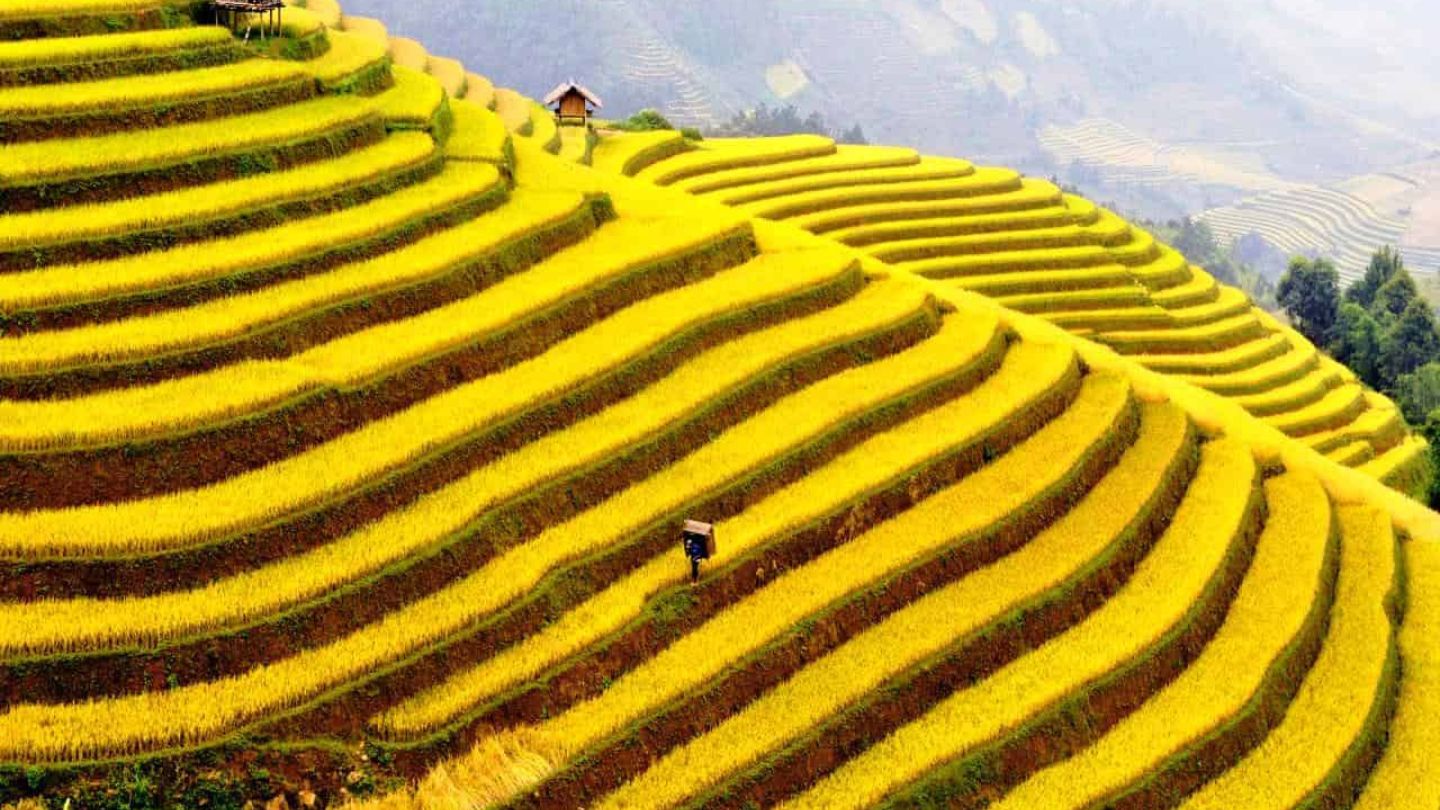
Set against stunning mountains and rice paddies, Ta Phin village is a showcase of traditional Red Dao culture. Visitors can enjoy captivating views and learn about the local lifestyle.
Sin Chai Village
Nestled in the mountains, Sin Chai is a hidden gem featuring picturesque terraced fields. The welcoming nature of the Black H’mong people makes it a must-visit destination.
O Quy Ho Pass
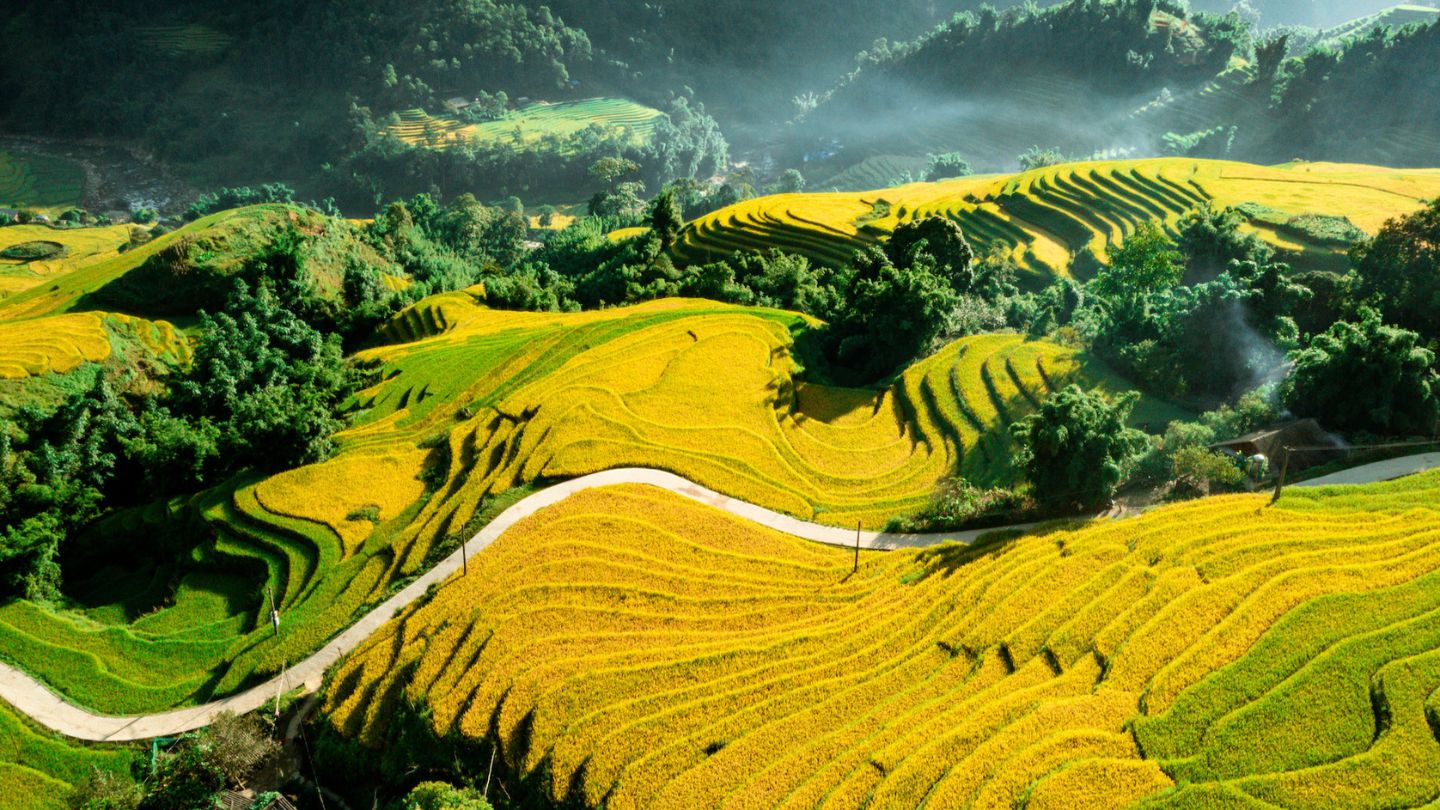
This winding mountain road treats travelers to breathtaking views of Sapa’s rice fields. The journey along the pass is just as enchanting as the views it offers!
Check out our article featuring the top 13 Vietnam rice fields! We’ve highlighted each location and shared what makes them special, so you can plan your adventure and enjoy these beautiful landscapes to the fullest.
How to explore the Sapa Rice Field?
Ready to embark on an unforgettable adventure and explore the best time to visit Sapa rice fields? Let’s explore the stunning Sapa rice fields, where lush greenery and breathtaking views await your discovery at every turn!
Hiking
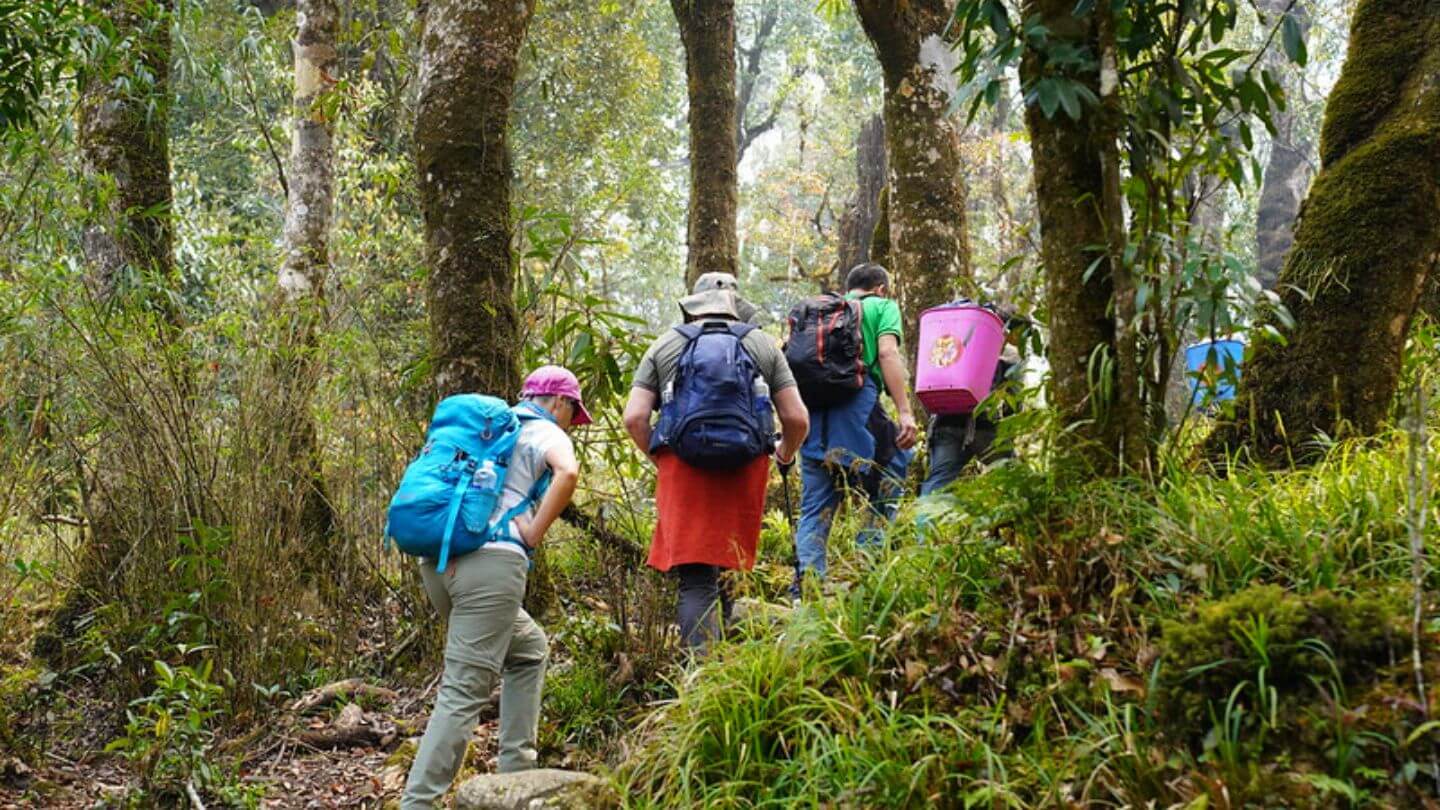
The best way to experience the stunning beauty of Sapa is by hiking through its picturesque rice paddies. This journey lets you visit various ethnic minority villages and soak in the amazing sights of the rice terraces while learning about the local hill tribes. There are plenty of trekking options for every kind of adventurer, ranging from quick one-hour walks to full-day treks that dive deep into the landscape and culture.
Drive
If hiking isn’t your thing or you prefer a more relaxed approach, you can also drive along the scenic roads in the area. For those who love riding, hopping on a motorcycle is another fantastic choice, with several routes available to explore. The Sapa Loop is particularly popular among biking enthusiasts; it’s a beautiful circuit that can be completed in two to three days. Just keep in mind that the roads can be a bit tricky, so it’s best suited for experienced riders.
Car

If you’d rather not walk or ride a motorcycle, you can easily tour the area by private car, stopping wherever it catches your eye. And for those who prefer a bit of adventure without the risks of a motorcycle, mountain biking is a safer way to take in the breathtaking rice terraces. Joining a guided mountain biking tour can make your experience even better, ensuring you enjoy all that Sapa has to offer while staying safe and having fun!
Homestay
First, consider staying with local families in traditional homestays; this not only immerses you in the local culture but also lets you see the rice fields up close.
Photography
If you’re a photography enthusiast and want to explore the best time to visit Sapa rice fields, joining a guided photography tour can be a real treat, as experts will show you the best spots and times to capture breathtaking shots.
Cable Car
And for a truly memorable view, don’t miss taking a Fansipan Mountain cable car ride – there’s nothing quite like seeing the rice fields from a bird’s-eye perspective!
Conclusion
In short, the best time to visit Sapa rice fields is when the terraces are at their most stunning – lush green in summer or golden in autumn. No matter when you choose to go, the beauty of Sapa’s landscapes will leave you in awe. Capture the scenery, enjoy the culture, and create unforgettable memories in this magical place.


